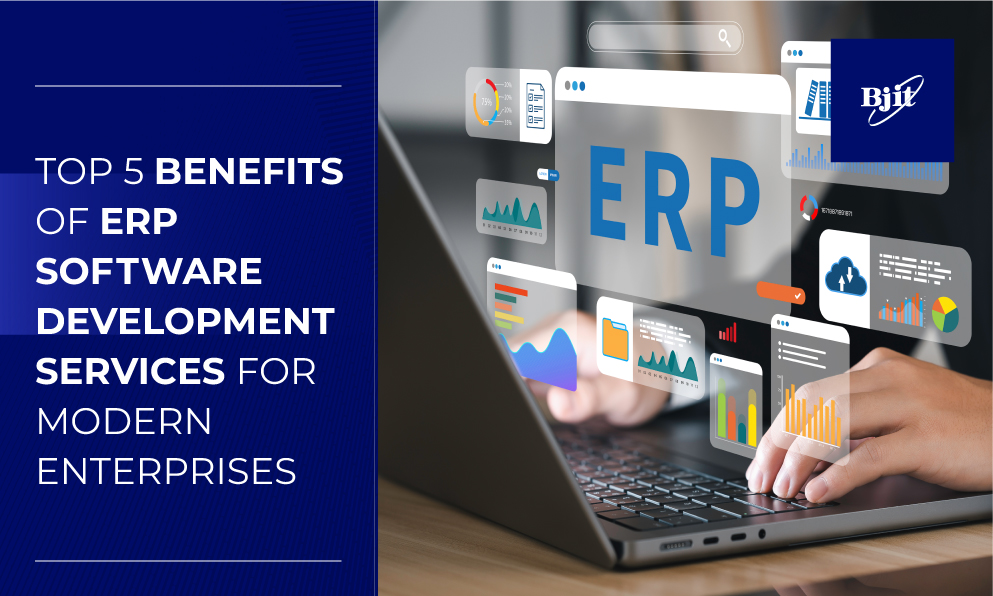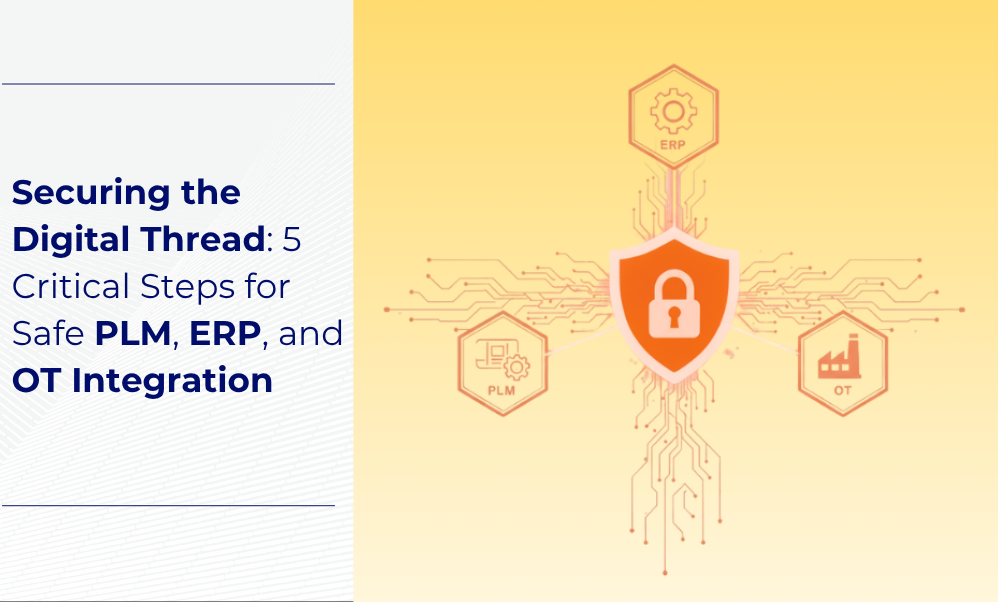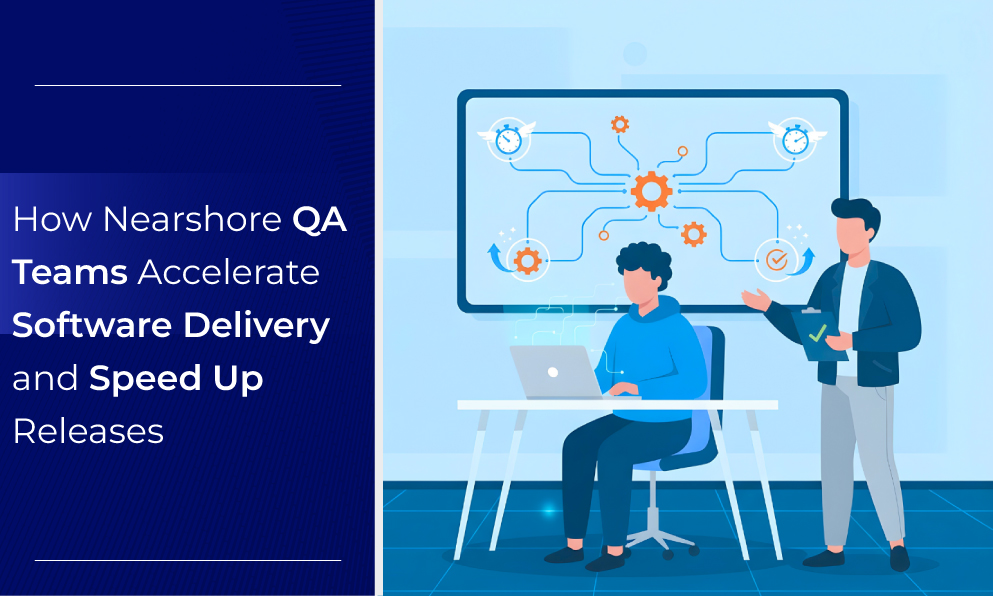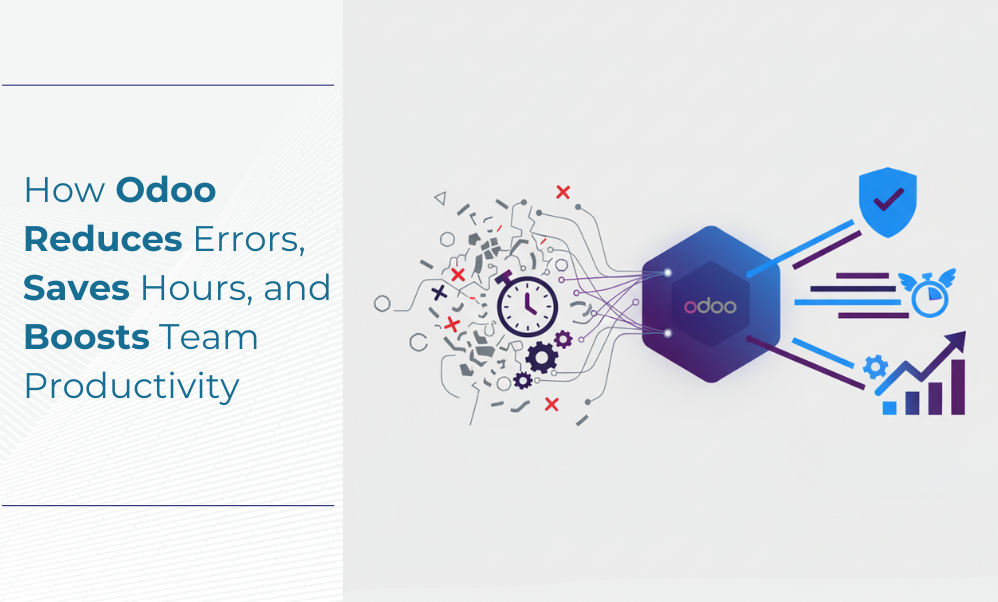Every successful HR team understands that practical employee assessment tools are vital for building a high-performing workforce.
In today’s competitive job market, evaluating employee performance accurately and consistently is a game-changer, enabling HR departments to identify strengths, bridge skill gaps, and cultivate future leaders.
However, managing these tasks without the right tools can become a bottleneck, especially for growing companies aiming for scalability.
One reliable solution is Xamify, developed by BJIT, an advanced employee assessment tool designed to simplify assessments. It streamlines feedback and provides data-driven insights that empower HR departments to make strategic decisions.
Here, we’ll explore how tools like Xamify are essential for HR success and how they drive performance and engagement across the organization.
What are Employee Assessment Tools?
Employee assessment tools are platforms that enable HR teams to evaluate, manage, and track employee performance across various dimensions. Ranging from skill assessments to behavioral and performance evaluations, these tools capture crucial insights that guide HR teams in fostering growth and closing skill gaps.
Xamify, for instance, offers tailored assessment solutions that support skill testing, 360-degree feedback, and development tracking. With tools like Xamify, HR teams can streamline processes and use actionable insights to support company objectives and workforce growth.
The Benefits of Implementing Employee Assessment Tools Like Xamify
1. Enhanced Performance Tracking with Xamify
One significant advantage of using a tool like Xamify is its robust performance tracking features. Xamify’s platform enables HR teams to automate and visualize employee productivity, milestones, and performance trends, reducing the burden of manual tracking. For example, Xamify’s 360-degree feedback option gathers data from peers, supervisors, and subordinates, delivering a well-rounded view of an employee's strengths and areas for improvement.
Key Benefits with Xamify
- Real-time insights: Automated reports and visual analytics make it easy to spot trends and areas needing attention.
- Goal alignment: Xamify’s goal-tracking capabilities allow HR teams to link individual achievements with broader company goals.
- Improved accountability: Clear insights and feedback loops encourage accountability among employees.
2. Streamlined Hiring and Onboarding
Xamify is more than a performance tool—it also supports recruitment by offering pre-employment assessments tailored to your needs. By testing for skills and cultural fit during recruitment, HR can make informed hiring decisions, reducing turnover and building stronger teams. Xamify’s onboarding feature also helps new hires acclimate quickly by setting goals and tracking their progress, ensuring a seamless integration into the team.
3. Identifying and Bridging Skill Gaps Efficiently
For many HR teams, pinpointing skill gaps is essential for building a well-rounded team. Xamify offers various skills assessments, enabling HR departments to evaluate both hard and soft skills critical to each role. Once gaps are identified, HR can implement targeted training programs directly within the platform that enhance employee capabilities. This data-driven approach not only improves productivity but also boosts employee confidence and engagement.
4. Facilitating Employee Development and Career Growth
Career development is a core driver of job satisfaction, and with Xamify, HR teams can tailor growth opportunities to individual employees. Xamify’s development planning tools allow employees to set personal goals, track progress, and see how their roles evolve. By using data from Xamify, HR can provide personalized coaching and training, fostering a culture of growth that strengthens the entire organization.
5. Increasing Employee Engagement and Retention
Xamify also plays a crucial role in assessing and enhancing employee engagement. It provides HR teams with tools for conducting pulse surveys and gathering anonymous feedback, which reveals how employees feel about their roles, their managers, and the company culture. This feedback helps HR identify potential concerns and boost morale, reducing turnover rates and enhancing job satisfaction.
How Xamify Supports Employee Engagement
- Regular feedback: Frequent feedback sessions help employees feel valued and heard.
- Goal visibility: With Xamify’s goal-setting features, employees can see how their work aligns with company objectives.
- Improved workplace culture: HR teams can address common pain points, creating a positive work environment that boosts retention.
Key Features to Look for in an Assessment Tool Like Xamify
If you’re considering employee assessment solutions, here’s what Xamify offers to ensure comprehensive evaluation and seamless integration:
- Customized Assessments: Xamify allows for fully customizable assessments, ensuring that HR evaluations align with company-specific competencies and culture.
- Real-time Analytics: Xamify’s data visualization and analytics features provide HR teams with immediate insights into performance and skill metrics.
- Seamless Integrations: Xamify integrates effortlessly with other HR software, including payroll and learning management systems, enhancing workflow efficiency.
- Continuous Feedback Mechanisms: With Xamify’s feedback options, HR teams can foster open communication and improve employee satisfaction consistently.
Best Practices for Implementing Xamify as an Assessment Tool
To make the most of Xamify and similar tools, consider these best practices:
- Define Clear Objectives: Outline what you hope to achieve with Xamify, whether it's enhancing performance reviews, improving training, or increasing employee engagement.
- Encourage Continuous Use: Make assessment tools a part of regular HR practices, such as during performance reviews and development check-ins.
- Train Managers and Employees: Training sessions are essential to ensure users understand the tool’s benefits and functionality.
- Gather and Act on Feedback: Use feedback from employees to adapt and optimize your use of Xamify, tailoring assessments to your team’s evolving needs.
How Xamify Enhances Remote and Hybrid Work Evaluation
With remote and hybrid work models becoming more prevalent, Xamify provides a centralized assessment solution that bridges the gap for remote teams. Through its virtual feedback features and goal-tracking, Xamify helps remote employees stay aligned with company objectives, ensuring productivity remains high even when teams are geographically dispersed.
Conclusion
Reliable employee assessment tools like Xamify are reshaping HR practices, offering structured, data-driven approaches to employee development, performance tracking, and engagement. For HR teams committed to building skilled, motivated, and engaged workforces, Xamify provides an adaptable, powerful toolset that streamlines assessments, boosts productivity, and nurtures a culture of continuous improvement.
Start optimizing your HR processes today with Xamify, and unlock your team’s potential with an employee assessment tool designed for lasting impact and organizational success.











